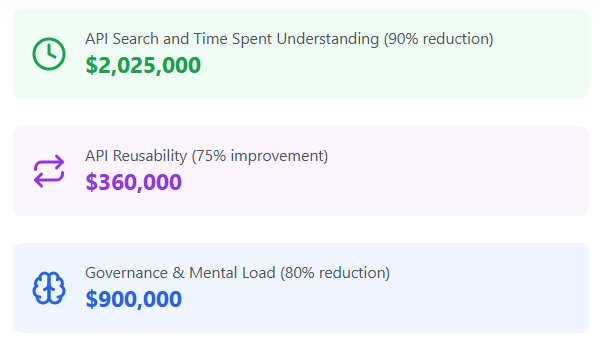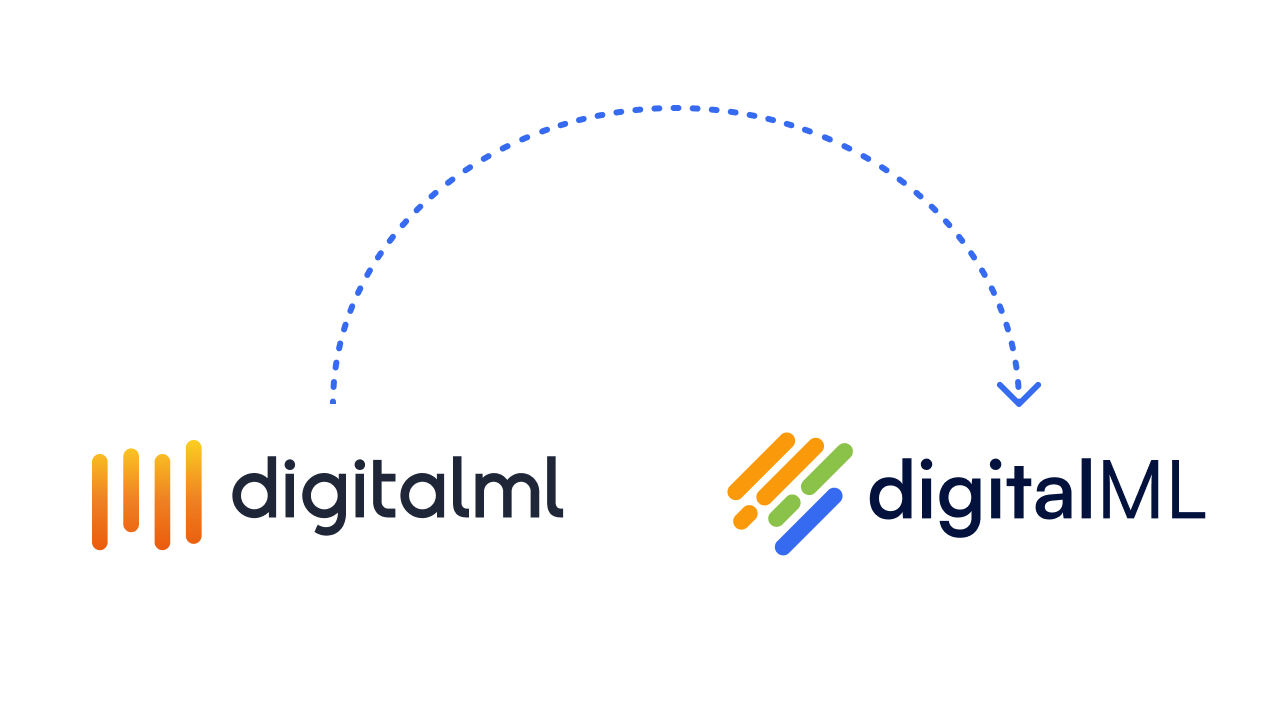APIs and API lifecycle management get a lot of attention, but what exactly is lifecycle management, and why is it so important for your enterprise?
Why are APIs so important to the enterprise?
APIs (application programming interfaces) are a hot topic, and now at the centre of almost all enterprises’ digital strategy. That’s because APIs (and microservices, and events) can enable your organization to deliver world-class and consumer-centric digital products and services. They expose existing business and IT functions in a lightweight, modularized, and flexible way – whereas those functions are normally locked away in information silos, integration spaghetti and/or complex legacy systems and therefore hard to rapidly reuse and repurpose.
This enables your organization to respond more quickly to changing consumer and technology trends, and innovative disruptors (think FinTech, HealthTech, and InsurTech insurgents).
This article discussing Stripe’s initiatives and tactics has an excellent quote on how APIs are fuelling modern software:
“This is how software eats the world: by taking business functions one at a time, turning them into well-documented API calls with useful error messages (but infrequent errors) that can be chained together with arbitrary complexity and then run with minimal human involvement.”
APIs and microservices are also key for enabling safe and accelerated IT modernization; initiatives like core system replacements, legacy modernization, and moving to the cloud.
That’s why we’re seeing large enterprises push to scale-up their API programs – from 10s of public facing APIs, to 1000s: and ones that encapsulate existing capabilities, and are tied to business priorities.
What is API Lifecycle Management?
API lifecycle management is another concept that’s getting a lot of attention.
API lifecycle management involves the management of your organization’s APIs across their entire lifecycle, from planning and creation, through to retirement. Resulting APIs developed through the lifecycle should be consistent, reusable, and compliant, while also meeting business requirements.
Effectively managing the lifecycle means ensuring APIs are compliant with governance models across each stage of the lifecycle, while being visible to stakeholders and in-sync across changes in lifecycles, environments, and deployments.
A full lifecycle management also ensures APIs are business-led and can be reliably made available for consumption by other users to power products, applications, and services that support customers’ needs (often they need to be consumable by partners and other players in your digital ecosystem too).
In addition, there’s a layer of digital complexity associated with APIs that needs to be managed too. This API complexity involves things like:
- who is the API’s owner?
- how many versions does it have and what do those API versions entail?
- what’s the lifecycle state of the API – is it in-flight or deployed and live?
- are there any dependencies and relationships between this and other APIs?
- is the API compliant to the enterprise’s governance rules and standards?
When it comes to the architecture and systems involved with API lifecycle management, typical best-of-breed set-ups include:
- A catalog of existing APIs – so that users can find and reuse what’s already there, rather than un-knowingly duplicating and adding to technical debt
- An extended lifecycle manager – a design-time component where new APIs can be created, and existing APIs can be extended or modified
- An API gateway – a run-time component for controlling the API once it’s deployed. This is often part of an “API management platform”, which is where APIs can also be monitored and managed once they’re running
Who manages the API lifecycle?
We commonly think of the API lifecycle being managed and executed exclusively by IT, with API developers taking the limelight. But, for a killer API strategy that helps deliver the thousands of high quality APIs needed to encapsulate business and IT functions, our API lifecycles should enable both business and IT roles to collaborate and participate.
That way, you’re helping to align APIs to business goals, and ensuring that your API designs are consumer-centric. Check out this other post for the 11 roles other than developers that want to use APIs, and how to enable them.
Your Organization is Likely Trying to Implement These API Lifecycle Management Best Practices
As API strategies mature and scale, we see enterprises working towards several API lifecycle management best practices. It’s likely your organization is trying to implement several (or all!) of the following:
Best Practice #1: Business and IT alignment – to support the move from APIs being a one-off integration solution to a portfolio of strategic business assets. Collaboration across the API lifecycle, and tying APIs to business value chains is key for your organization here.
Best Practice #2: Building an API catalog – a single source of truth for all your organization’s APIs, but also other service types like Events and legacy services. The goal for this catalog is to have assets that are easy to discover and interact with by multiple roles in the enterprise. That’s why a lot of enterprises are finding an API developer portal alone does not suffice.
Best Practice #3: Ensuring API quality through a governance framework – for APIs to be reliable and reusable, they need to be high quality and consistent with each other. Your organization likely has an API governance model, for adherence to governance rules, coding standards, corporate policies like security, and alignment to a common data model. The next level of this is to make them easily enforceable, and self-service to prevent development bottlenecks.
Best Practice #4: Ensuring KPIs and ROI are easily trackable and reportable – there’s more pressure on API programs to be able to show the value they are developing for the business.
Best Practice #5: Ensuring assets are futureproof – digital trends and technologies shift quickly. Your organization is likely looking to ensure APIs can be easily redeployed into different formats and downstream targets.
Best Practice #6: Managing all stages of the API lifecycle (plan, design, build, run and evolve) to enable scale – there’s been a lot of focus on how to run and monitor APIs once they are deployed (and architecture and platforms stood-up to support that), but now enterprises are looking at how to improve the planning, designing and building of APIs before they are deployed. This is normally a very manual and often error-prone process.
API lifecycle management, done right, is a core part of a successful digital strategy. With these best practices implemented, your organization can enable digital recombination, and ensure that everyone in the enterprise is able to take part in digital, giving you the winning edge and compounding innovation. The ignite platform provides a holistic API and service catalog with extended lifecycle management, and helps accelerate your organization to digital success.





